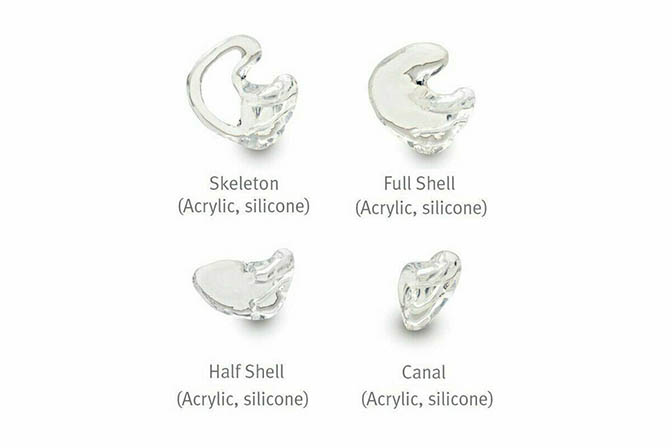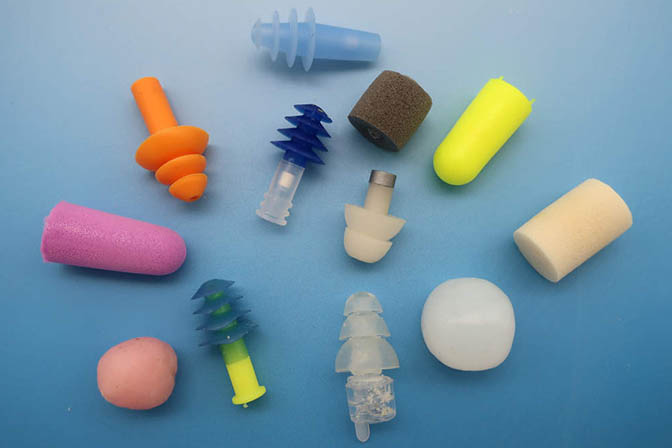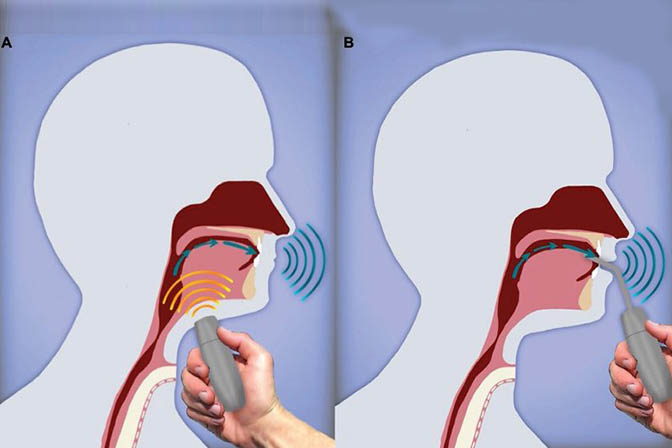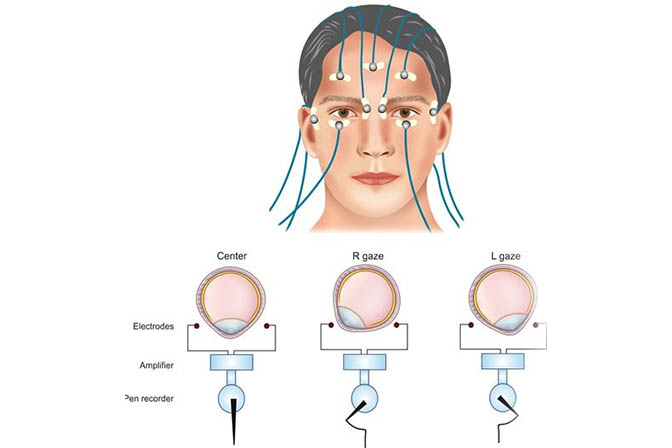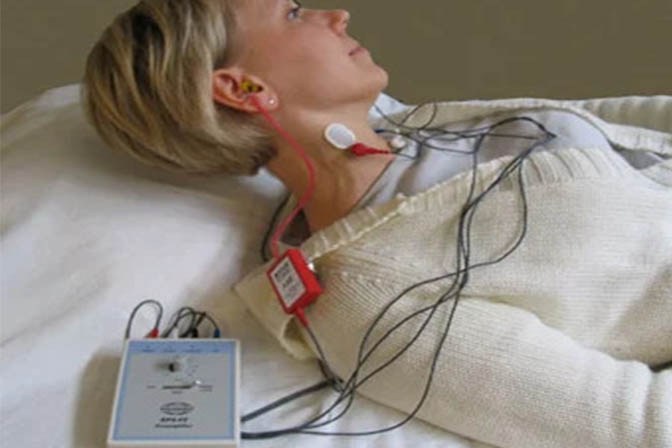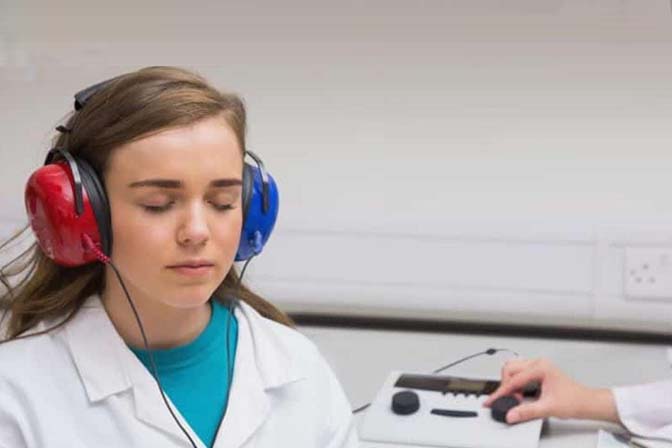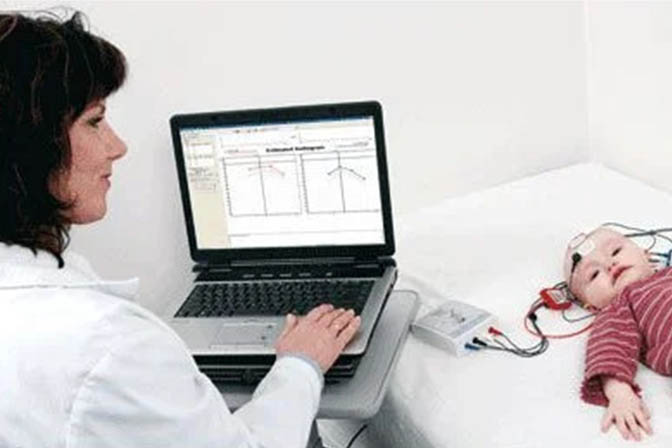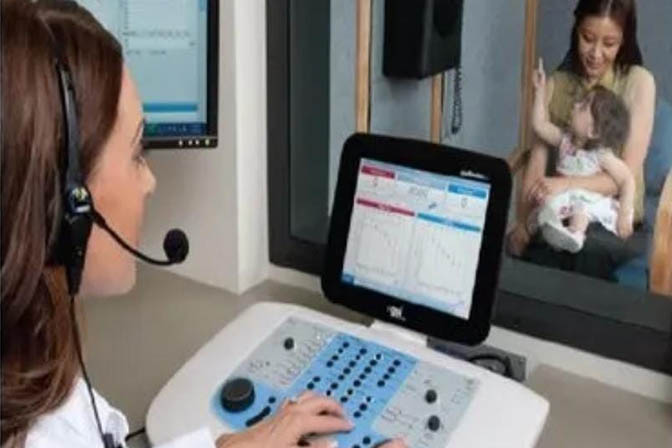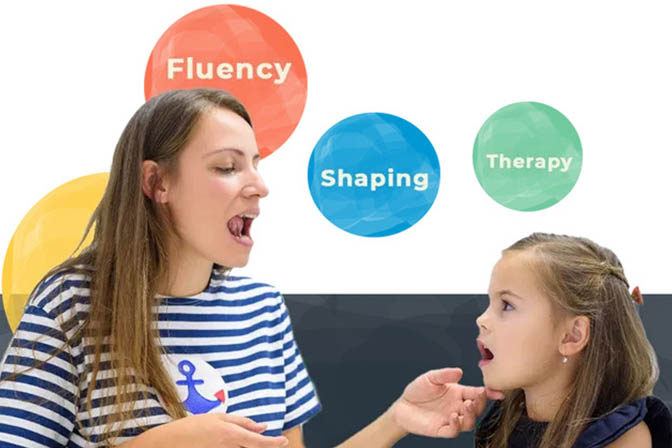home > Services
Services
services
Get specialized hearing aid service with our experts
At Auditone, we offer range of hearing aid devices and services under one roof. From proper examination to after care service, we handle everything for your better hearing capability. Book our service now!
- Analog
- Behind-The-Ear (BTE)
- Receiver-In-Canal (RIC)
- In-The-Canal (ITC)
- Completely-In-Canal (CIC)
- Invisible-In-The-Canal (IIC)
- Rechargeable Hearing Aid
An electronic larynx (electrolarynx), is a battery operated machine that produces sound for you to create a voice. There are many different makes and types, but they are usually about the size of a small electric razor.
- Automated ABR (AABR)
- Otoacoustic Emissions (OAE)
- High-Frequency Tympanometry
Electronystagmography (ENG or electrooculography) is used to evaluate people with vertigo (a false sense of spinning or motion that can cause dizziness) and certain other disorders that affect hearing and vision. Electrodes are placed at locations above and below the eye to record electrical activity.
- Automated ABR (AABR)
- Otoacoustic Emissions (OAE)
- High-Frequency Tympanometry
VEMP is a relatively new vestibular function test performed by stimulating one ear with repetitive pulse or click sound stimulation and then measuring surface EMG responses over selected muscles averaging the reaction of the muscle electrical activity associated with each sound click or pulse.
Pure tone audiometry is a hearing test using an audiometer that sends tones into the client’s ear and vibrations through the bone. It measures the frequencies at which the client is able to hear 50% or more of the tones.
The auditory steady state response (ASSR) is an auditory evoked potential (AEP) that can be used to objectively estimate hearing sensitivity in individuals with normal hearing sensitivity and with various degrees and configurations of sensorineural hearing loss (SNHL).
ElectroCochleoGraphy (ECoG) tests are objective assessments used in the diagnosis of Meniere’s disease and other disorders. ECoG tests measure electrical potentials generated in the cochlea, a part of the inner ear, in response to audio stimulation.
BERA (Brainstem Evoked Response Audiometry) is an objective test used to determine how electrical waves are sent from the eighth cranial nerve to the brainstem in response to click noises delivered through the ear. The BERA exam is painless and safe. Once the child is asleep or lying motionless, comfortable, and with their eyes shut can the BERA test be conducted.
The otoacoustic emission test (OAE) measures hair cell function in the inner ear. An emission refers to the sound generated within the normal cochlea of the ear in response to stimulation. OAE testing is used for a number of reasons, including screening of infants and other special populations.
An indirect or direct laryngoscopy (FOL) is done to look for the causes of symptoms in the throat or voice box (such as trouble swallowing or breathing, voice changes, bad breath, or a cough or throat pain that won’t go away)
Speech audiometry employs speech signals and can be used to examine the processing ability and if it is affected by disorders of the middle ear, cochlea, auditory nerve, brainstem pathway, and auditory centers of the cortex.
Tympanometry is a test that shows how well your middle ear is working. It does this by measuring how your eardrum moves. Your ear consists of three parts: the outer ear, the middle ear and the inner ear. Sound enters through your outer ear as energy or vibrations.
Speech therapy assesses and treats speech disorders and communication problems. It helps people develop skills like comprehension, clarity, voice, fluency and sound production. Speech therapy can treat childhood speech disorders or adult speech impairments caused by stroke, brain injury or other conditions.
Language therapy addresses children with delays or disorders in the following areas:Listening Skills ,Grammar Skills, Vocabulary Skills, Question Skills, Social Language Skills, Literacy/Book Skills
Articulation refers to making sounds. The production of sounds involves the coordinated movements of the lips, tongue, teeth, palate (top of the mouth) and respiratory system (lungs). There are also many different nerves and muscles used for speech.
Voice therapy is to eliminate or improve problems with the creation of vocal sounds (phonation) in the larynx (voice box). After completing therapy, your voice should be stronger and sound like it did before.
Fluency refers to continuity, smoothness, rate, and effort in speech production. All speakers are disfluent at times. They may hesitate when speaking, use fillers (“like” or “uh”), or repeat a word or phrase. These are called typical disfluencies or nonfluencies.
Neurologic speech and language disorders occur as part of an underlying neurologic condition such as Parkinson’s disease, multiple sclerosis, myasthenia gravis, or ALS. They can also happen as the result of a stroke. These disorders can affect the strength of the muscles of the voice box, and impact the control of the voice.
Would You Like to make an appointment ?
Directly Call us at
Contact us for any Query
If you have any query regarding our service or product, do call us or fill the query form below. Our doctors will connect with you immediately.


